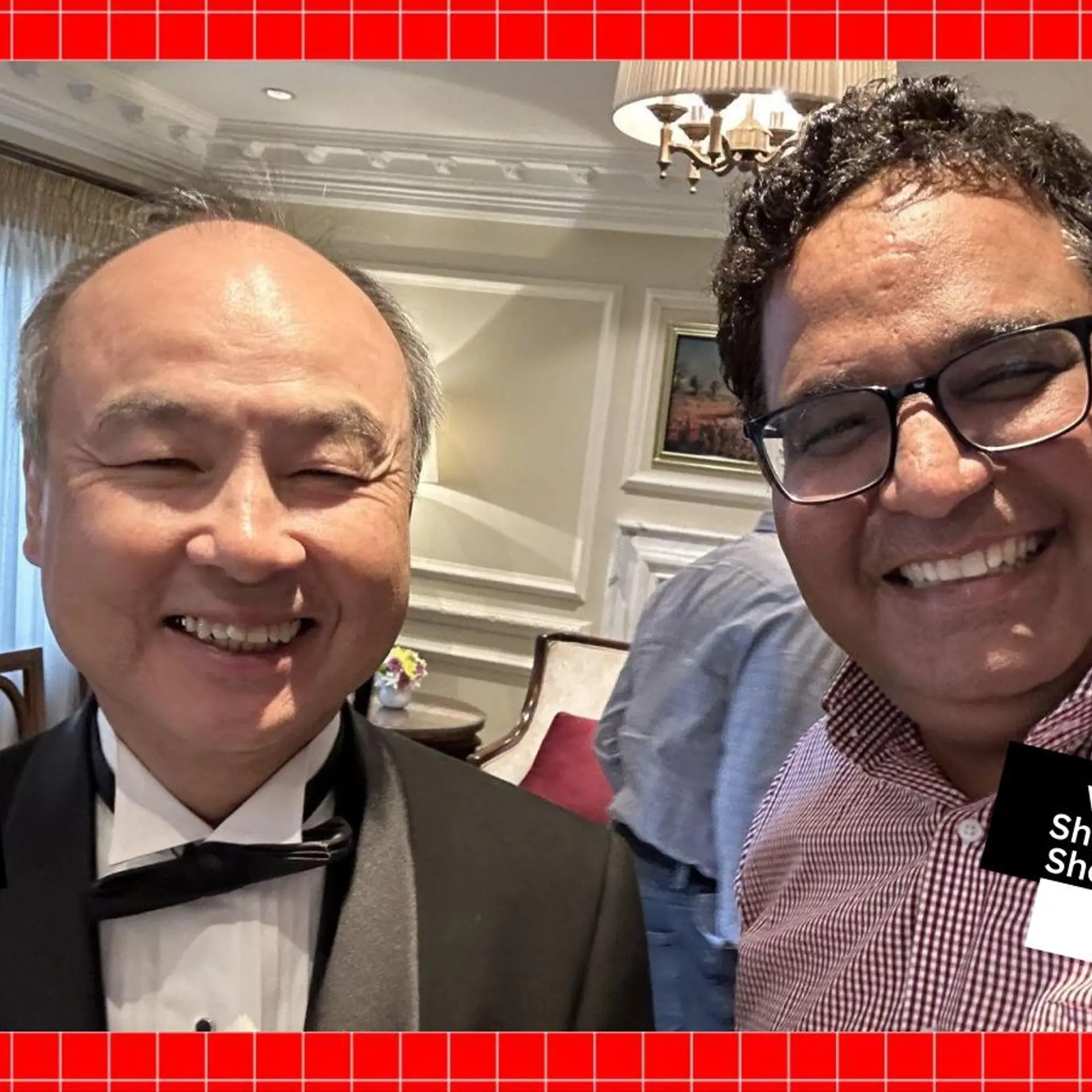How to find rare gems in India’s startup ecosystem
As a VC, it is not a strategy but hoping for a miracle to land on your platter. By adopting this ‘growth only’ mindset and investing in multiple companies with similar target markets, one is adopting a highly flawed strategy.
One of the accusations against VCs is that they have a herd mindset. Whenever there is a new trend, most VCs tend to invest in that sector often leading to irrational exuberance within that fledgling sector, resulting in unjustified value appreciation. This forms the basis of the cyclical story of “VC as an asset class”. This is further accentuated during good times as we saw during the “cheap money and low interest rate era” from 2012-2022.
Given the slowdown in the global investment market, investors today are looking for rare gems without chasing the sexy, hot trends.
As a long-time fund manager and a serial entrepreneur, I have seen that the operating philosophy is that the raison-d'etre of a VC is to source the best deals that give the maximum returns to the investors and not look at the market perception (vanity metrics) of the sector. We strongly believe that “hot sectors” like D2C, ecommerce, hyperlocal, media/content typically are “winner takes all” and finding the assets that will succeed is difficult.
This also leads to spray and pray which means investing sums of money in similar companies from a supposedly hot sector and pray that one of the many investments will be a multi-bagger to balance for the investments made in the other companies.
As a VC, it is not a strategy but hoping for a miracle to land on your platter. By adopting this ‘growth only’ mindset and investing in multiple companies with similar target markets, one is adopting a highly flawed strategy. As a VC, you are expected to take bets on potential of the founder, target market, customer acceptance of the products.
At the portfolio level, we believe, a VC can give a much better return to their Limited Partner investors if they can build a portfolio of businesses that may not necessarily be in the hot areas but serve a particular need of an industry or consumer and can show a clear path to profitability.
Often when an industry starts to build out, most VCs tend to invest in the companies defining the industry from consumer standpoint. These are the high-risk businesses. Often, there are a few businesses which provide the back-end infrastructure to category-building startups, and irrespective of who the winners would be within the industry, the solution providers’ side startups are likely to see good growth rate because as the industry grows the demand for companies providing back-end services see a spike too.
From our current portfolio, it is pertinent to highlight this thesis that we see is playing out well.
We are bullish on the Electric Vehicle (EV) sector in India but instead of taking bets on brands we have invested in companies in the charging and in the battery swapping areas. As EV adoption is seeing a rise both in retail and enterprise segments, demand for charging infrastructure and battery as a service is already seeing growth from key stakeholders POV.
Often, we have seen these “hard to source differentiated jewels” aren’t in the standard startup ecosystems of Mumbai, Bengaluru, NCR. In these regions, companies tend to be more from the “hot trend” areas and they provide a natural comfort to most VCs.
We, on the other hand, source a majority of our deals from Tier II and III cities. Our experience is founders coming from these cities create businesses where they use technology to solve real-life problems.
These businesses tend to have a clear path to profitability and in the medium term are assets that are acquired by potential buyers or can get onto the IPO track. To source these deals, the VC firm needs to have a differentiated sourcing strategy with a much deeper to the ground level sourcing rather than the traditional sourcing through referrals and outbounds by analysts.
These companies tend to be boring sectors that aren’t often spoken about in the media.
One such company is Genrobotics out of Trivandrum. This company uses robotics for solving real life scalable problems within the sanitation and medical sphere. Their “Bandicoot Robot” is a global leader for sewage and septic tank cleaning helping to alleviate the scourge of manual scavenging. The company is highly profitable and has been hugely capital-efficient in its growth.
Another portfolio company we have is within the power sector in India. While everyone realises the vastness of the sector, this is a segment untapped by most VCs as it is perceived to be a boring and old-economy sector. Yet, as the sector digitises, Probus, our portfolio company, sees huge growth potential through the products they have within the sector.
As a firm, we strongly believe that we ought to invest in businesses that enable us to give substantive returns to our investors rather than investing merely in high profile branded businesses which fail to provide returns.
Bhaskar Majumdar is the Founder and Managing Partner at venture capital firm Unicorn India Ventures.







